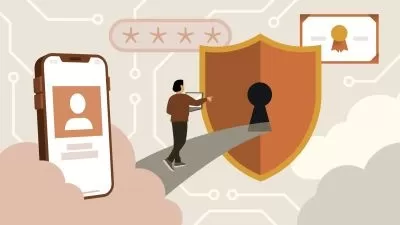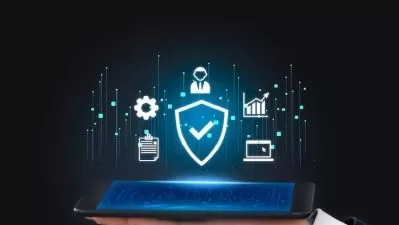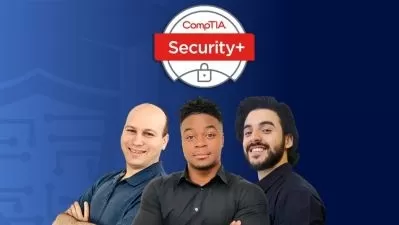CompTIA Security+ (SY0-701) Cert Prep
Mike Chapple
17:25:23
Description
CompTIA Security+ is an entry-level certification that requires a thorough understanding of network and device security, risk mitigation strategies, compliance, and more. This course provides CompTIA Security+ candidates with essential information they need to prepare for the qualifying exam. Cybersecurity expert Mike Chapple first goes over some of the basics of the exam, then covers the six domains for the latest version of the exam, SY0-701. He shares study tips that can help you feel prepared to take and pass the test on your first try. Plus, learn where to find practice tests to get hands-on experience and how to keep your certification current by continuing your studies.
More details
User Reviews
Rating
Mike Chapple
Instructor's Courses
Linkedin Learning
View courses Linkedin Learning- language english
- Training sessions 302
- duration 17:25:23
- English subtitles has
- Release Date 2024/12/06











